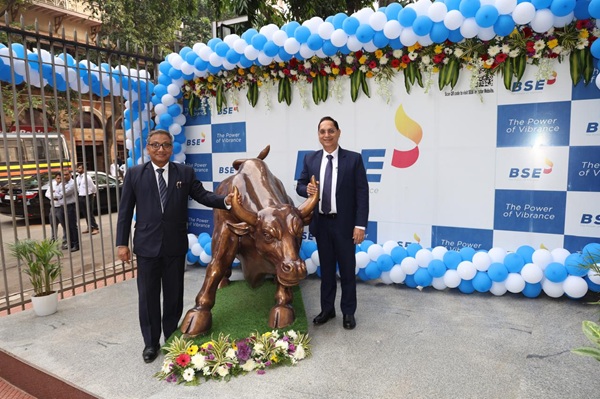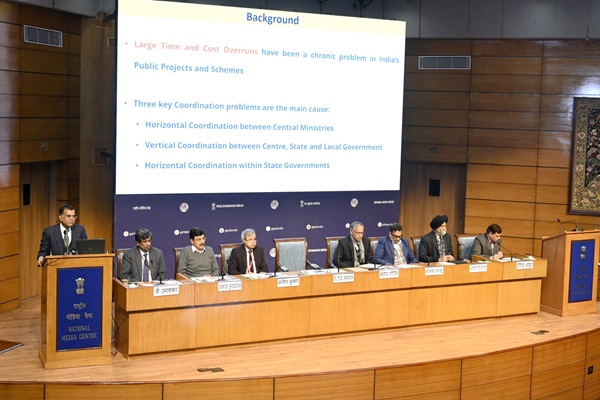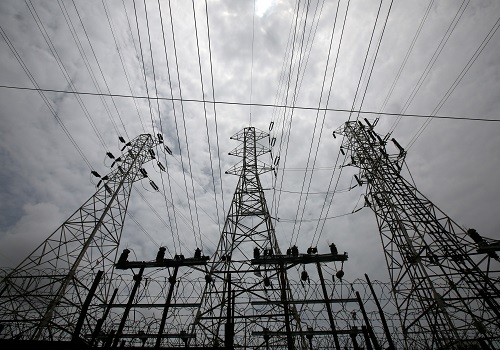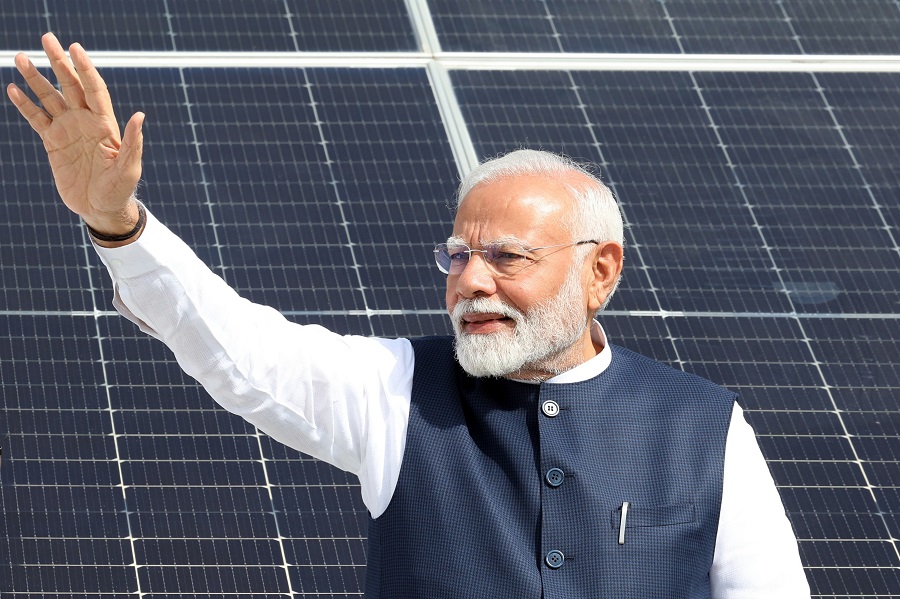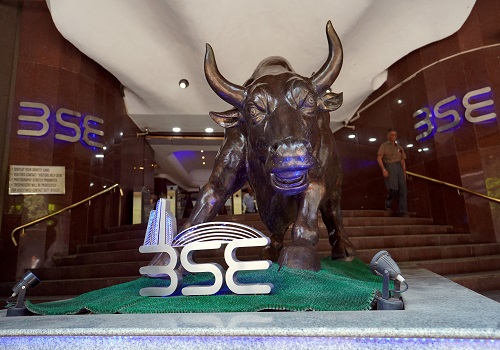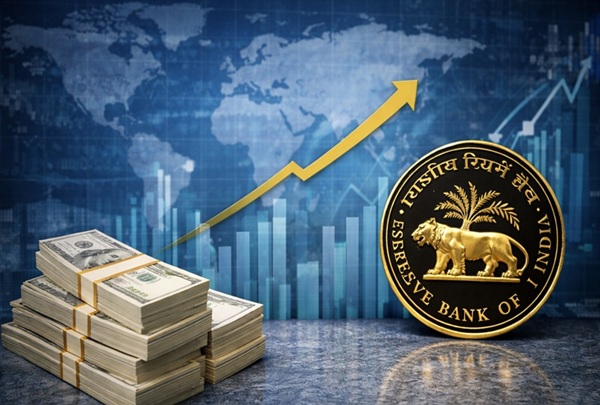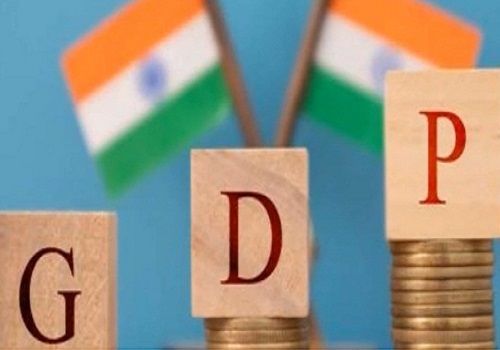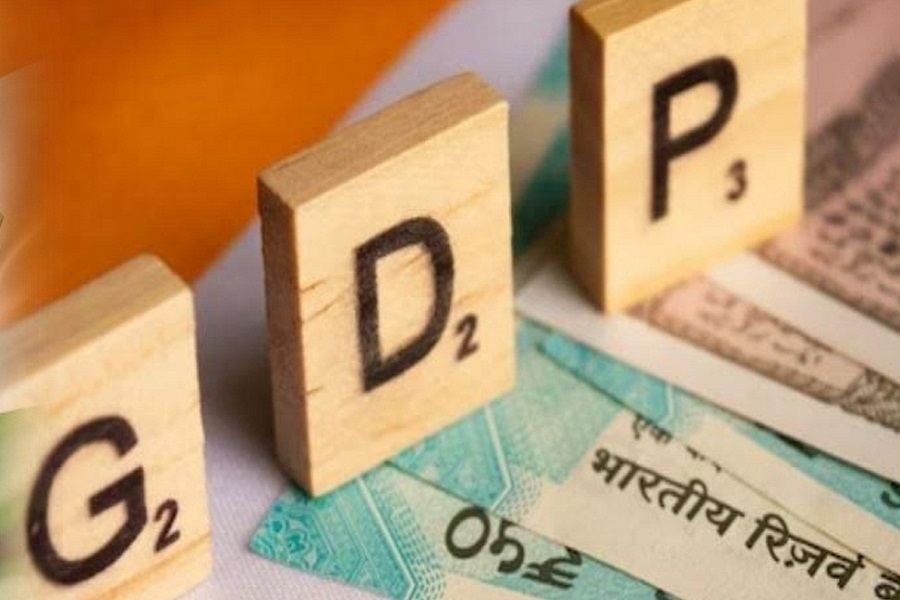What the RBI Might Do Following the U.S. Federal Reserve`s Rate Cut
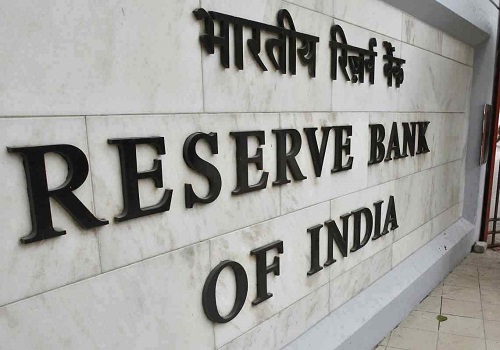
The U.S. Federal Reserve’s decision to reduce interest rates has set the stage for other central banks worldwide to reassess their monetary policies. For India, the Reserve Bank of India (RBI) faces a unique set of challenges and opportunities in light of this development. While a Fed rate cut often opens the door for other central banks to make similar moves, the RBI’s decision will ultimately hinge on domestic economic conditions, inflation, growth objectives, and concerns over economic recovery. Here, we examine what factors the RBI might consider and potential actions it could take in response to the Fed’s rate cut.
### 1. *Impact on Inflation and the Currency*
A Fed rate cut typically weakens the U.S. dollar, which can strengthen the Indian rupee due to increased foreign capital inflows as investors seek higher returns in emerging markets. A stronger rupee could reduce import costs, particularly for essential goods like oil, easing inflationary pressures. However, India’s inflation is already above the RBI’s comfort zone, driven by factors like food and fuel prices.
The RBI may have to adopt a cautious approach: while a stronger rupee might help control inflation, any rate cut by the RBI could lead to higher inflationary pressures. Thus, the RBI will closely monitor how inflation trends over the next few months before considering a rate adjustment.
### 2. *Growth Concerns and Economic Recovery*
India's economic growth trajectory, though improving, faces challenges due to rising global uncertainties, inflation, and the impact of rising input costs on businesses. The Fed’s rate cut could be a chance for the RBI to adopt more accommodative policies that support domestic growth without compromising inflation goals.
As inflationary concerns are weighed, the RBI also needs to look at signs of economic softness that could impact growth, particularly in sectors like manufacturing, export-driven industries, and SMEs (small and medium enterprises). A prolonged period of slow growth could hinder employment creation, consumer spending, and broader economic stability. With this in mind, the RBI might consider gradually easing interest rates or employing liquidity measures to bolster growth and help businesses weather global economic pressures.
### 3. *Foreign Capital Inflows and Economic Growth*
The Fed’s rate cut makes borrowing cheaper in the U.S., encouraging investors to look for better returns elsewhere, often in emerging markets like India. Increased foreign capital inflows could provide much-needed liquidity to Indian markets, potentially driving up stock prices and boosting the overall economy. The influx could also support sectors that rely heavily on foreign investment, such as infrastructure, real estate, and manufacturing.
In this context, the RBI might be tempted to lower rates to stimulate growth further, particularly if it aims to strengthen India’s economic recovery. However, given India’s delicate inflation situation, the RBI will likely adopt a “wait and watch” approach rather than implementing an immediate rate cut.
### 4. *Balancing Inflation with Growth Targets*
The RBI’s primary mandate is to keep inflation within a target range (currently 4% with a tolerance of +/- 2%). With inflation levels hovering at or above this threshold, the RBI may prioritize inflation control over growth stimulus. However, the RBI also recognizes the need for sustained economic growth, especially as India recovers from recent global and domestic challenges.
To strike a balance, the RBI might opt for non-interest-rate measures to support economic growth. For instance, it could continue injecting liquidity into the banking system or provide incentives to sectors that are critical for growth, such as agriculture, manufacturing, and exports. This approach would allow the RBI to support growth without directly cutting rates.
### 5. *Monetary Policy Tools Beyond Rate Cuts*
The RBI has other tools beyond interest rate adjustments to manage economic conditions. These include open market operations (OMOs), changes to the cash reserve ratio (CRR), and adjustments in the statutory liquidity ratio (SLR). If the RBI decides not to cut rates, it might still use OMOs to inject liquidity into the financial system, helping banks lend more to businesses and consumers.
The RBI could also provide targeted assistance to sectors most affected by rising input costs or encourage lending to small and medium enterprises (SMEs) and startups, which are critical for job creation and innovation in India. These measures would allow the RBI to support growth without further fueling inflation.
### 6. *International Trade and Interest Rate Differential*
A Fed rate cut widens the interest rate differential between the U.S. and India, potentially making Indian bonds more attractive to foreign investors. Increased foreign demand for Indian debt could help the Indian government finance its deficit more comfortably. However, the RBI will be cautious, as an influx of foreign capital could create volatility in the bond and currency markets.
To stabilize these markets, the RBI might use its foreign exchange reserves to manage currency fluctuations, especially if foreign capital flows increase significantly. This could help maintain stability in the rupee’s value without the RBI needing to alter interest rates directly.
### 7. *Possible Scenarios and Likely Outcomes*
The RBI is expected to evaluate various scenarios before making any policy adjustments. Here are a few potential outcomes:
- *Wait and Watch Approach*: Given current inflation levels and the upcoming economic data, the RBI may prefer to observe how the Fed's rate cut impacts the Indian economy before taking any action. This cautious approach would allow the RBI to respond more effectively if inflation or growth conditions change significantly.
- *Gradual Rate Cut*: If inflation stabilizes or begins to decrease, the RBI might consider a gradual rate cut in upcoming monetary policy meetings to support growth without risking an inflation surge. This would be in line with the Fed’s approach and could attract further foreign investment.
- *Focus on Liquidity and Supportive Measures*: Rather than cutting rates, the RBI might focus on injecting liquidity through OMOs, supporting specific sectors, or providing guidance to banks to increase lending. These measures would stimulate growth without fueling inflation.
### *Final Thoughts*
The RBI’s response to the Fed’s rate cut will ultimately depend on the interplay between inflation, growth, and foreign capital flows. While a rate cut in the U.S. often leads other central banks to consider similar moves, the RBI’s decision will hinge on India’s unique economic circumstances. The RBI may adopt a cautious, data-driven approach, balancing inflation control with targeted measures to support growth.
Investors and businesses should keep a close watch on RBI’s upcoming policy meetings, as any shift in monetary policy could have far-reaching implications for the Indian market. By considering a range of measures beyond rate cuts, the RBI aims to ensure stability in the Indian economy while navigating the global impacts of the Fed's policy shifts.





